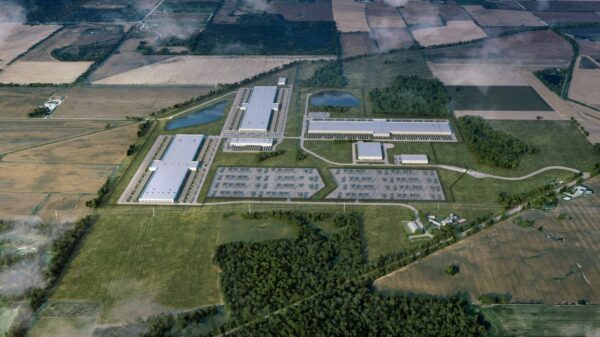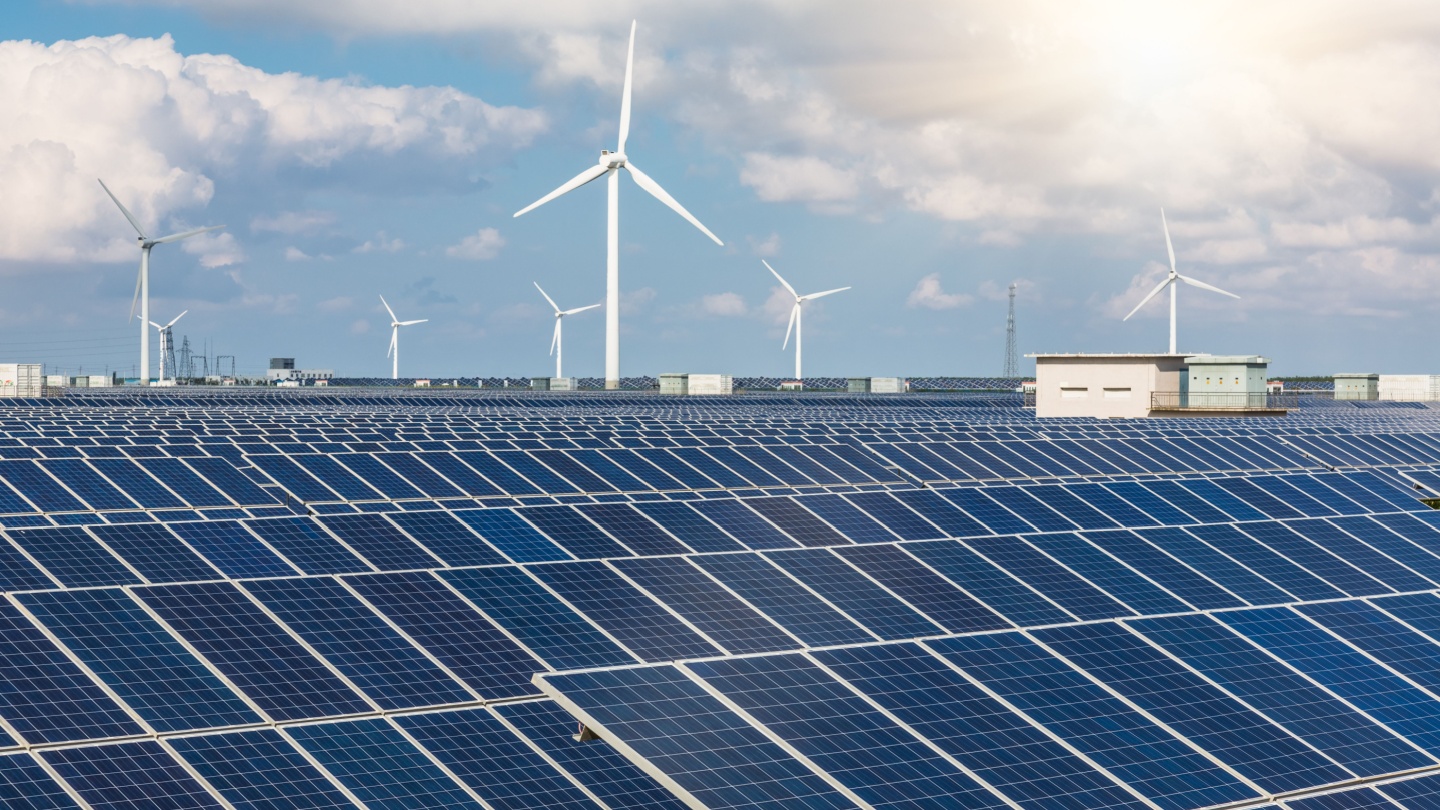China is grappling with significant challenges in harnessing its renewable energy resources, as recent statistics reveal a troubling increase in energy curtailment. The National Energy Administration reports that renewable energy generation in remote provinces, notably in Inner Mongolia, Xinjiang, and Qinghai, is being curtailed at alarming rates, leaving vast potential untapped.
In 2022, the curtailment of renewable energy reached as high as 15% in these regions, with projections indicating that the situation has not improved in 2023. As China aims to transition towards cleaner energy sources, the inability to fully utilize these renewable resources poses a significant obstacle to the country’s environmental goals and energy security.
Rising Curtailment Rates Threaten Renewable Energy Goals
The statistics highlight a pressing issue: approximately 60 million kilowatts of renewable energy capacity remains underutilized due to grid constraints and infrastructural limitations. This figure underscores the vast potential that remains locked away, thwarting efforts to meet both domestic energy needs and international climate commitments.
The Chinese government has made substantial investments in renewable energy technologies, aiming to become a global leader in this sector. Despite these efforts, the reality of energy curtailment reveals a stark contrast between ambition and execution. The regions that are most affected are often those with the highest production capacity, yet they struggle with outdated grid systems that are unable to efficiently transmit energy to urban centers where demand is highest.
Infrastructure Challenges and Future Outlook
The infrastructure challenges facing China’s renewable energy sector are multifaceted. Aging power grids, a lack of storage technology, and insufficient transmission lines contribute to the increased rates of curtailment. As a result, energy generated from wind and solar sources often cannot be harnessed effectively, leading to wasted resources.
To address these challenges, experts suggest that the government must prioritize grid modernization and invest in energy storage solutions. By enhancing the capabilities of the existing infrastructure, China could significantly reduce curtailment rates and better integrate renewable energy sources into the national grid.
As China continues to expand its renewable energy portfolio, the focus will need to shift toward not only increasing capacity but also ensuring that the energy produced is effectively utilized. The transition to a more sustainable energy future hinges on overcoming these infrastructural hurdles and maximizing the potential of renewable resources.
In summary, as curtailment rates rise, China faces a crucial test in its ability to transition to renewable energy. The nation’s ambitious goals may be jeopardized unless significant investments are made in infrastructure, paving the way for a more efficient and sustainable energy landscape.



































































